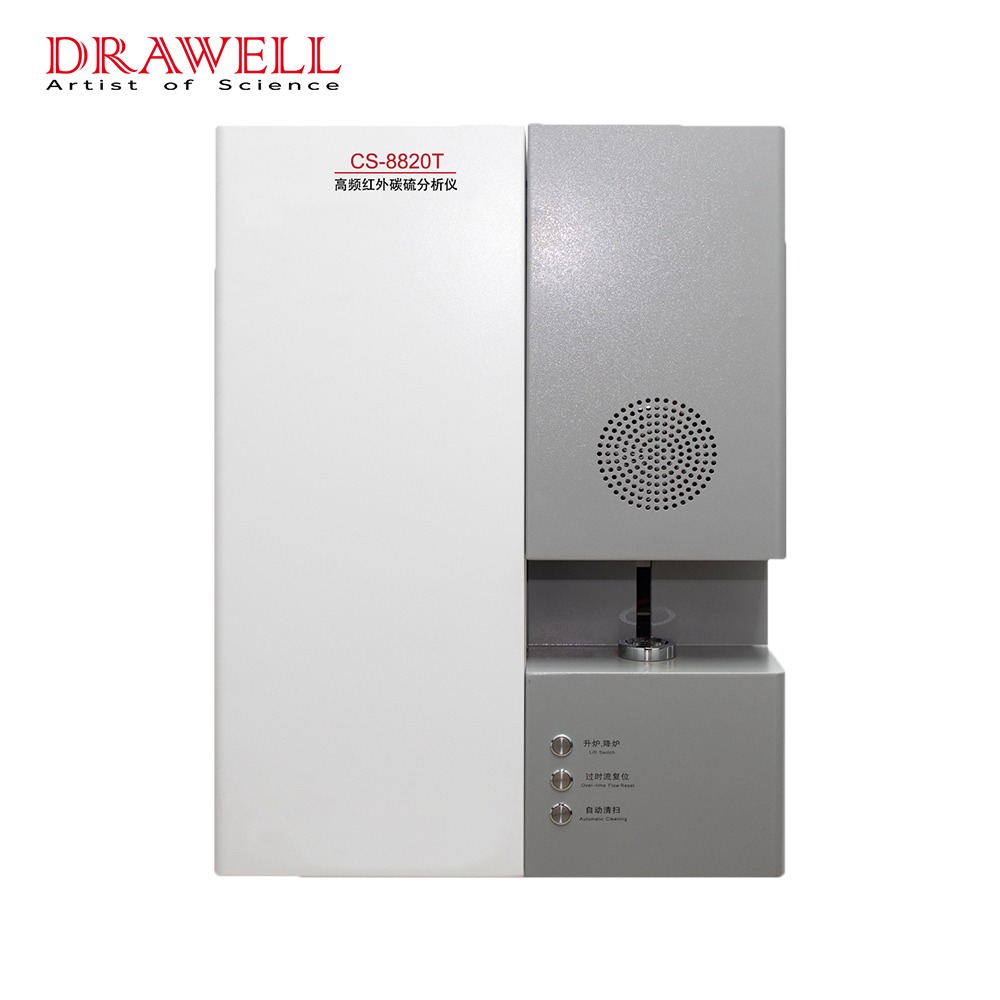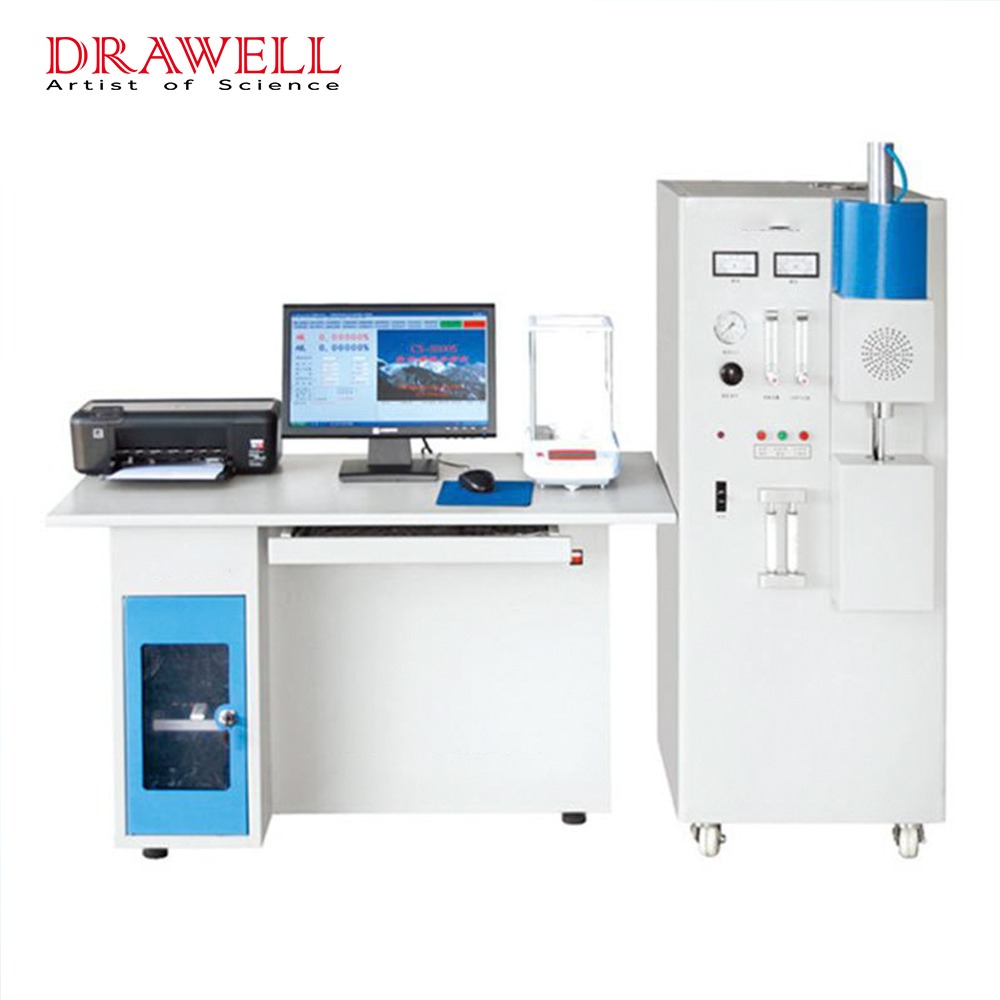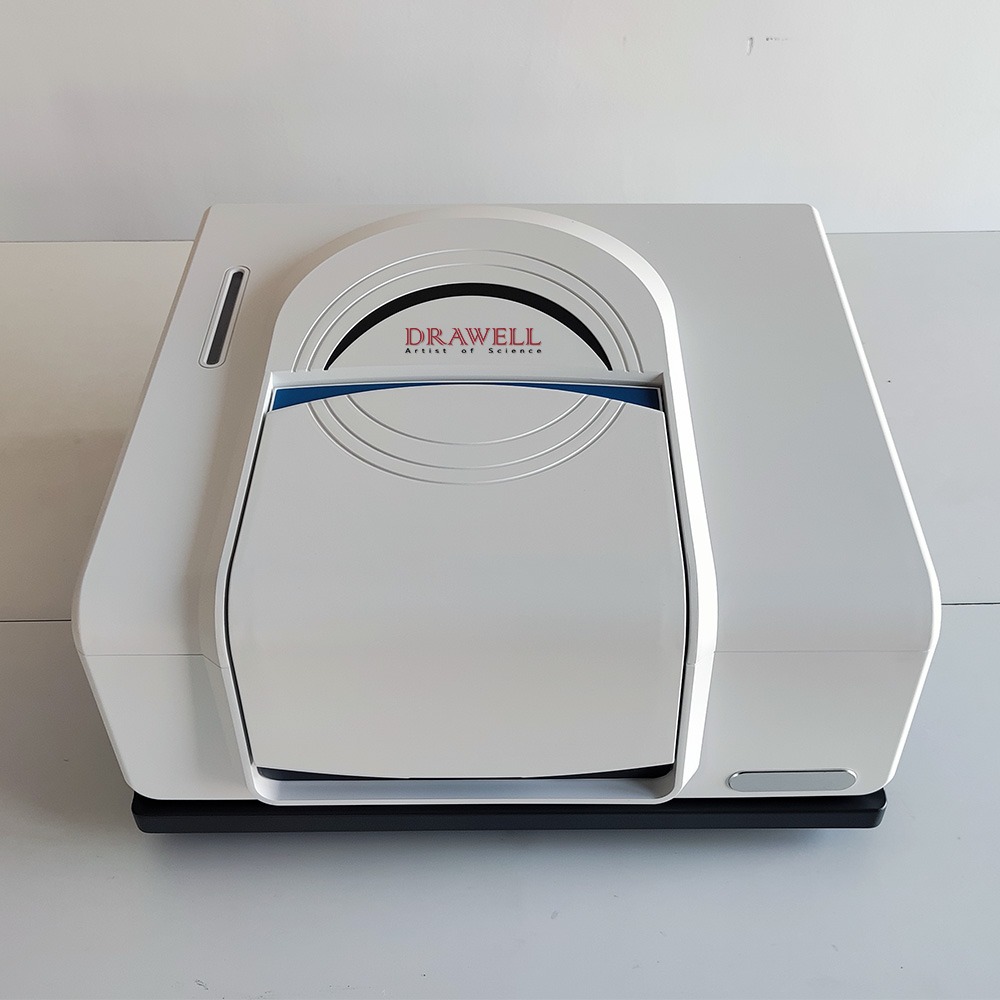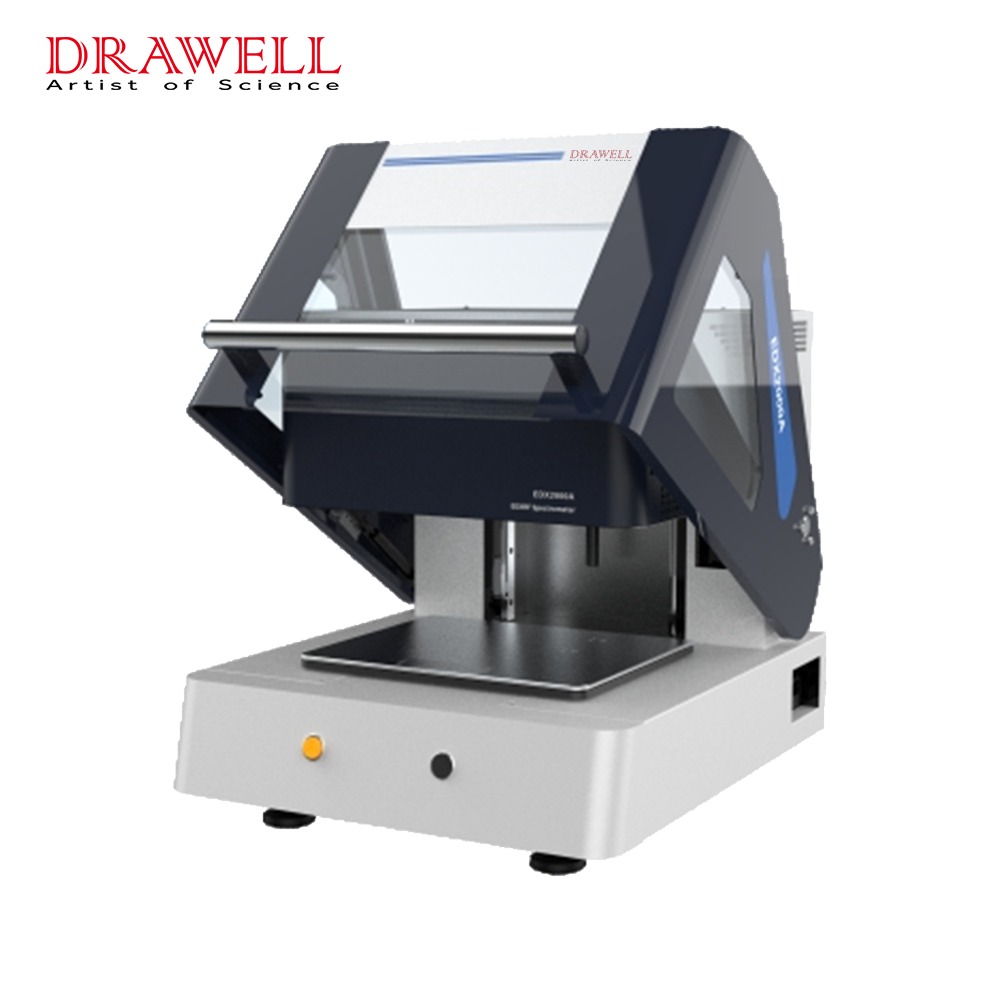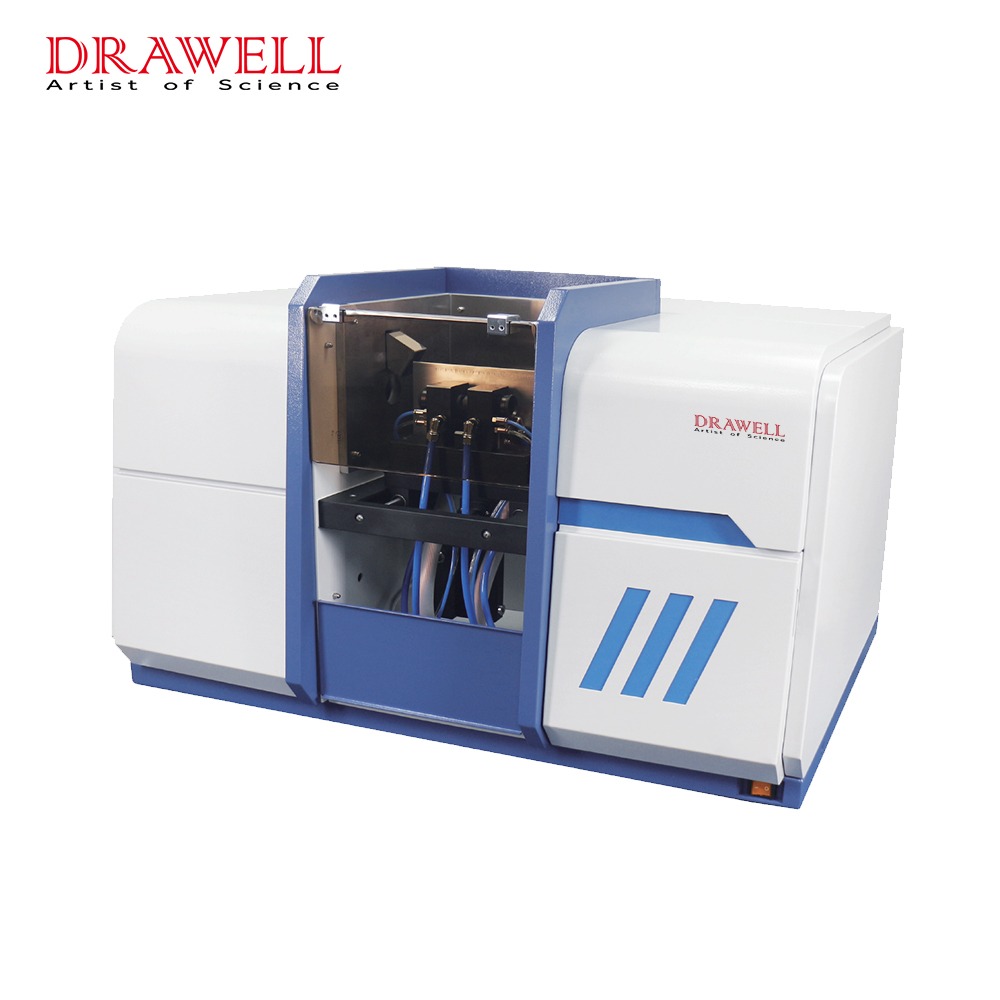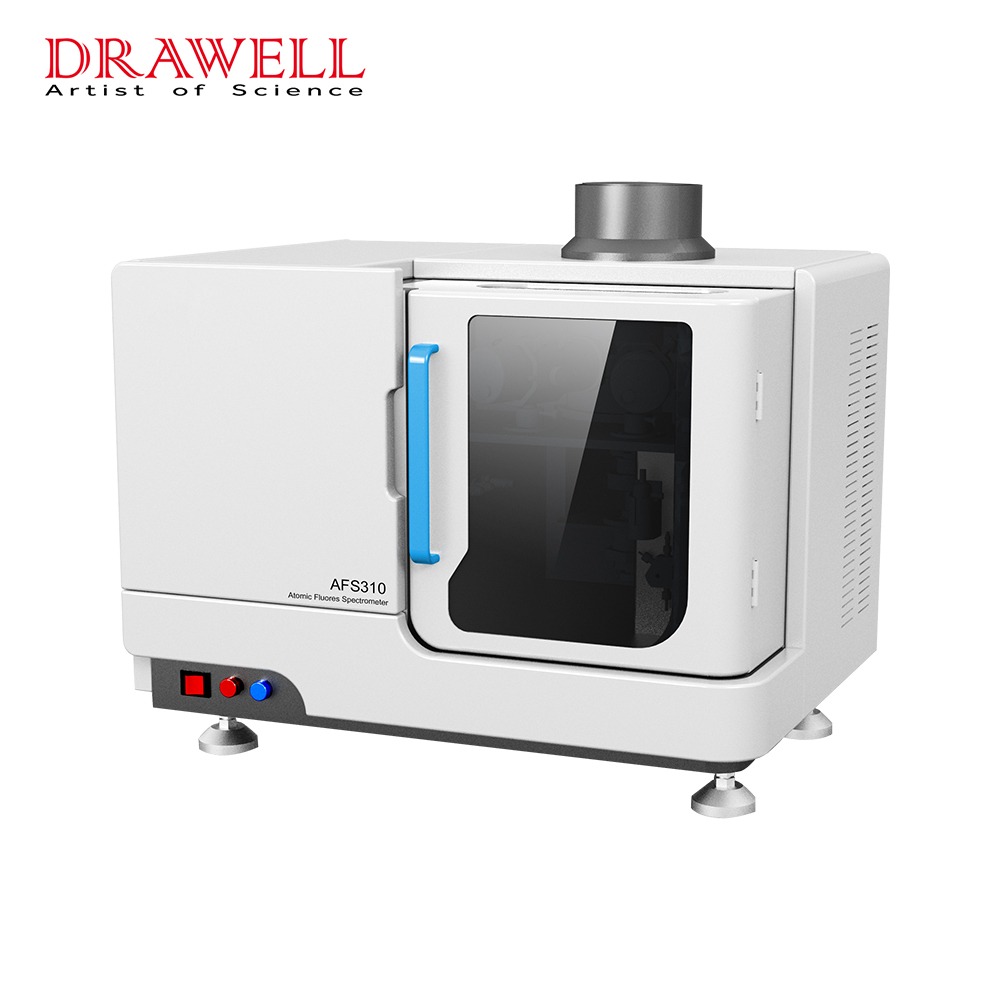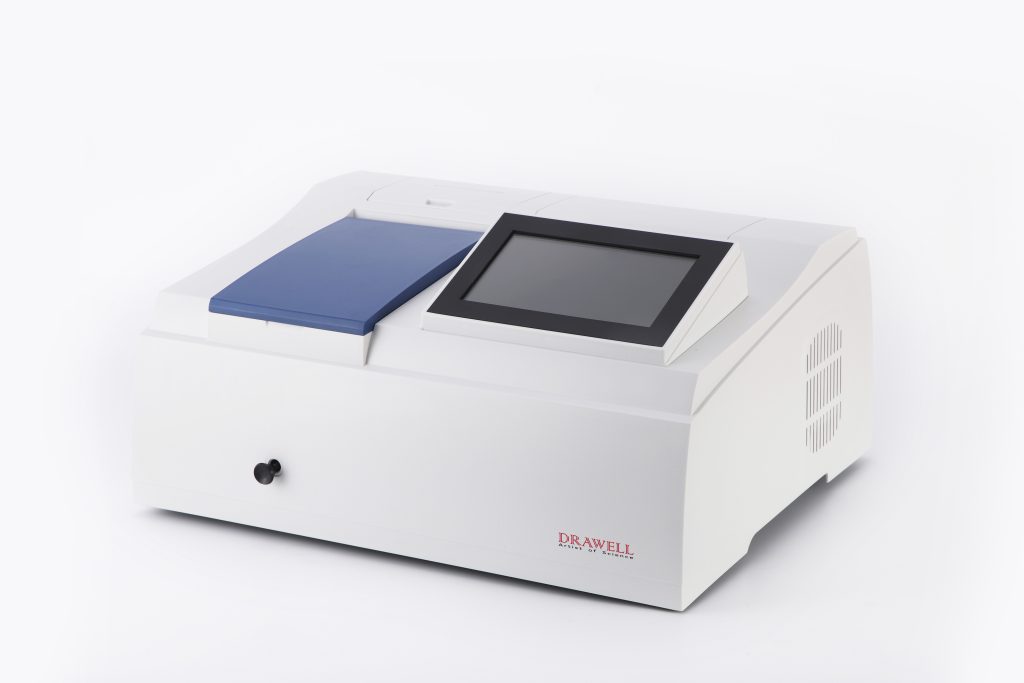Two widely adopted techniques for heavy metal analysis are Inductively Coupled Plasma-Atomic Emission Spectroscopy (ICP-AES) and Inductively Coupled Plasma-Mass Spectrometry (ICP-MS). Each technique has distinct advantages and limitations depending on the application, sensitivity requirements and operational constraints. This article explores the key aspects that differentiate ICP-AES and ICP-MS, aiding in selecting the appropriate method for heavy metal analysis.
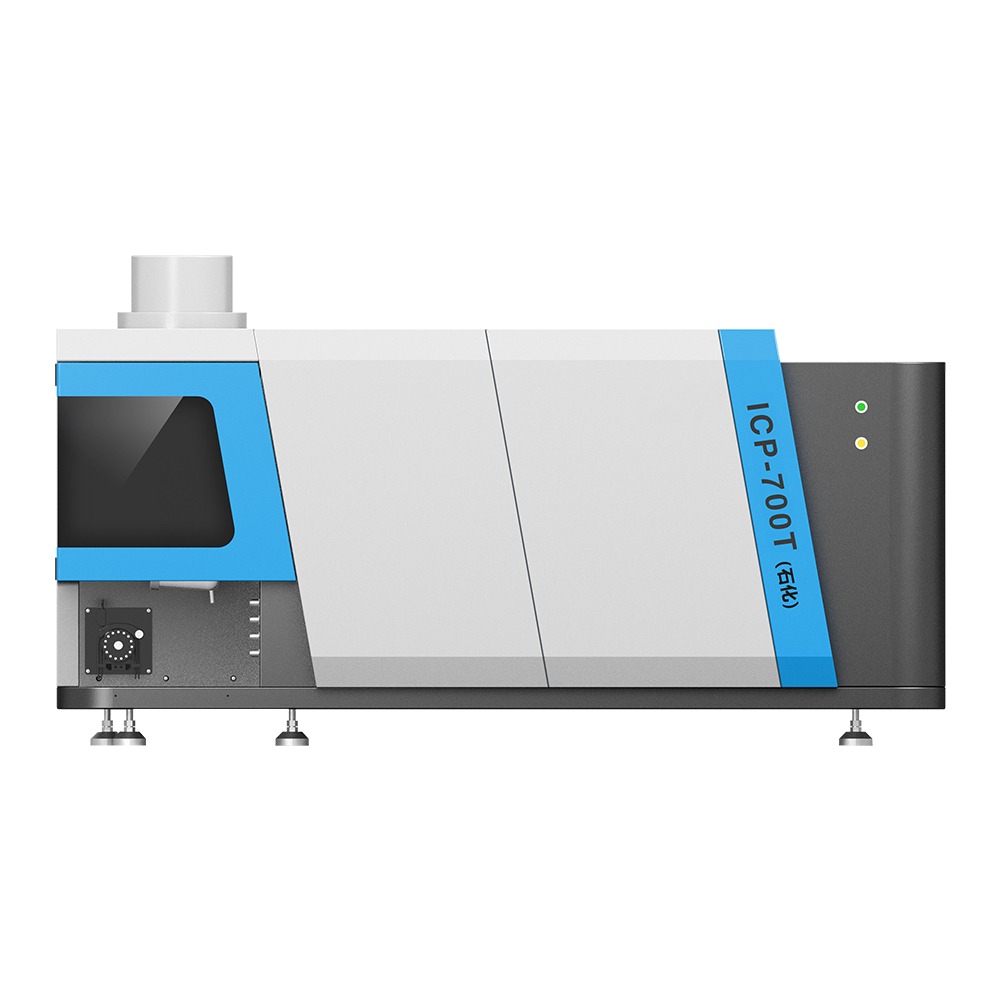
What are ICP-AES and ICP-MS for Heavy Metal Analysis
ICP-AES works by exciting atoms and ions in a high-temperature plasma, causing them to emit light at specific wavelengths. These emissions are measured to determine the concentration of heavy metals, making ICP-AES ideal for routine analyses where sensitivity in the ppb range is sufficient. It is commonly used in environmental monitoring, industrial applications, and food safety testing due to its speed and cost-effectiveness.
ICP-MS combines plasma ionization with mass spectrometry to detect ions based on their mass-to-charge ratio. Known for its ppt-level sensitivity, it is capable of ultra-trace detection and isotopic analysis, making it indispensable for pharmaceutical research, regulatory compliance, and geochemical studies. ICP-MS is especially suited for applications requiring high precision and sensitivity for trace elements.
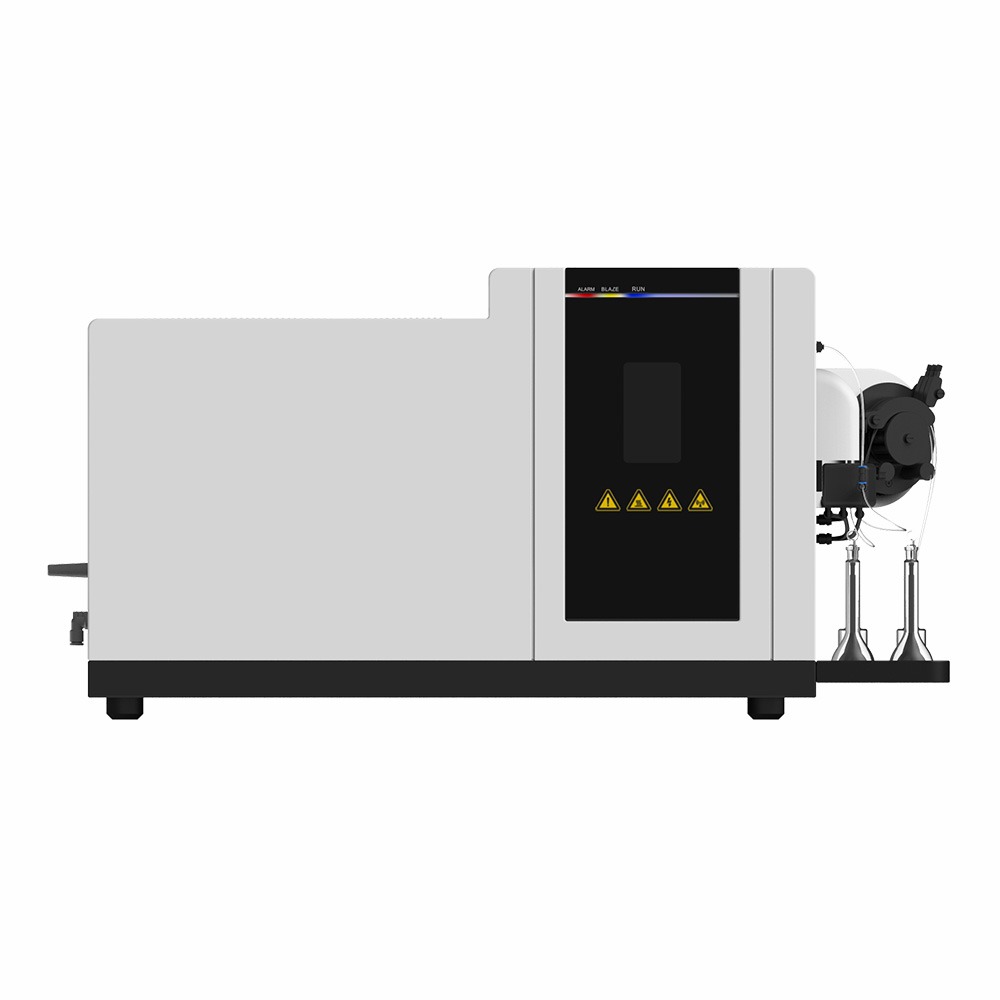
Key Differences Between ICP-AES with ICP-MS for Heavy Metal Analysis
Both methods of ICP-AES and ICP-MS leverage inductively coupled plasma but differ in sensitivity, interference handling, and application focus, providing flexibility in addressing diverse analytical needs for heavy metal detection.
1. Detection Sensitivity
- ICP-AES: Utilizes atomic emission for quantification. It offers detection limits in the range of 1-10 parts per billion (ppb) for most elements. However, it may struggle with ultra-trace analysis where concentrations are extremely low.
- ICP-MS: Provides superior sensitivity, with detection limits as low as parts per trillion (ppt). This makes it the preferred choice for ultra-trace level heavy metal analysis.
2. Elemental Coverage
- ICP-AES: Well-suited for the analysis of a broad range of elements, particularly metals and some non-metals. However, the spectral overlap in emission lines can sometimes interfere with multi-element analysis.
- ICP-MS: Capable of analyzing almost all elements in the periodic table, including isotopic analysis. Its high mass resolution minimizes interference, enabling accurate multi-element detection.
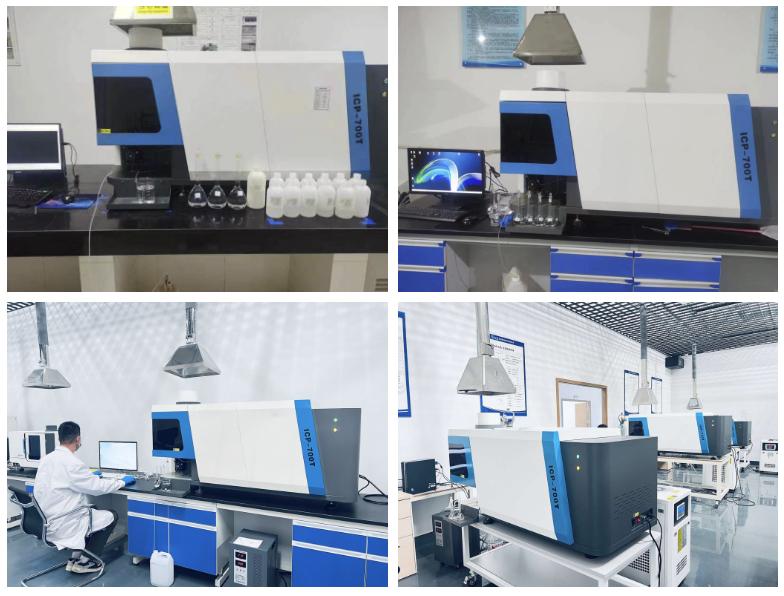
3. Analysis Speed and Throughput
- ICP-AES: Offers relatively fast analysis with simultaneous detection of multiple elements in a single run. It is advantageous when dealing with large sample batches.
- ICP-MS: While slightly slower due to its high-resolution capabilities, it also supports multi-element detection. With modern advancements, the speed difference is narrowing.
4. Matrix Tolerance
- ICP-AES: Demonstrates good tolerance to complex matrices, such as high-salt samples or organic solvents, making it ideal for applications like industrial waste analysis.
- ICP-MS: More sensitive to matrix effects, requiring dilution or matrix-matching techniques to ensure accurate results. Recent innovations, such as collision/reaction cells, have improved its matrix-handling capabilities.
5. Operational Costs
- ICP-AES: Generally more affordable in terms of initial setup and operational costs, including lower argon gas consumption and simpler maintenance.
- ICP-MS: Higher cost due to advanced instrumentation, high-purity argon requirements, and more complex maintenance. However, its capabilities can offset costs in high-stakes applications.
6. Interference Management
- ICP-AES: Prone to spectral interferences due to overlapping emission lines, particularly for elements with closely spaced wavelengths.
- ICP-MS: Although susceptible to polyatomic and isobaric interferences, advanced tools like collision/reaction cells and quadrupole filters effectively address these issues.
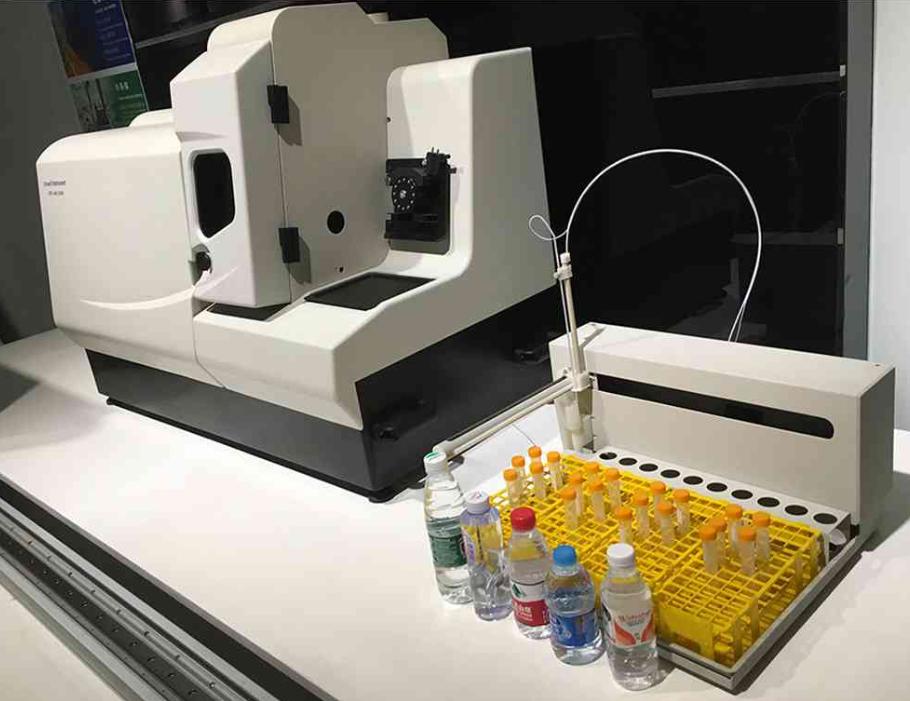
7. Applications in Heavy Metal Analysis
ICP-AES
- Environmental Monitoring: Testing of wastewater and soil for heavy metal contamination.
- Industrial Quality Control: Analysis of alloys and industrial chemicals.
- Food Safety: Screening for moderate levels of heavy metals in agricultural products.

ICP-MS
- Pharmaceuticals: Detection of trace impurities in drugs and active ingredients.
- Drinking Water Testing: Ensuring compliance with stringent safety standards.
- Biological Studies: Trace metal analysis in blood, tissues, and cells.
- Geochemical Studies: Isotopic composition analysis for geological research.
How to Choose Between ICP-AES and ICP-MS for Heavy Metal Analysis
This chart helps guide the decision-making process based on factors like sensitivity, cost and specific application needs for heavy metal analysis.
| Criteria | ICP-AES (ICP-OES) | ICP-MS |
| Detection Sensitivity | Suitable for ppb-level detection. | Best for ppt-level detection (ultra-trace). |
| Cost | Lower initial and operational costs. | Higher initial investment and operational costs. |
| Sample Matrix Complexity | Handles complex matrices (e.g., high salt content). | Requires clean or diluted samples to avoid interferences. |
| Interference Management | May suffer from spectral overlaps, requiring optimization. | Advanced interference reduction (collision/reaction cells). |
| Analysis Speed | Faster, suitable for high-throughput applications. | Slower compared to ICP-AES, but more precise. |
| Elemental Coverage | Ideal for detecting a wide range of metals and non-metals. | Capable of detecting almost all elements, including isotopes. |
| Isotopic Analysis | Not suitable for isotopic analysis. | Can perform isotopic ratio analysis. |
| Regulatory Requirements | Suitable for general regulatory compliance (e.g., drinking water). | Ideal for compliance with strict regulatory standards. |
| Operational Complexity | Simpler to operate and maintain. | More complex, requiring skilled operation and maintenance. |
Choosing ICP-AES for:
- Applications where moderate sensitivity is adequate.
- High-throughput analysis of large sample volumes.
- Budget-conscious operations with complex matrices.
Choosing ICP-MS for:
- Ultra-trace detection, including ppt-level concentrations.
- Applications requiring isotopic analysis.
- Compliance with stringent regulatory standards, such as drinking water testing.
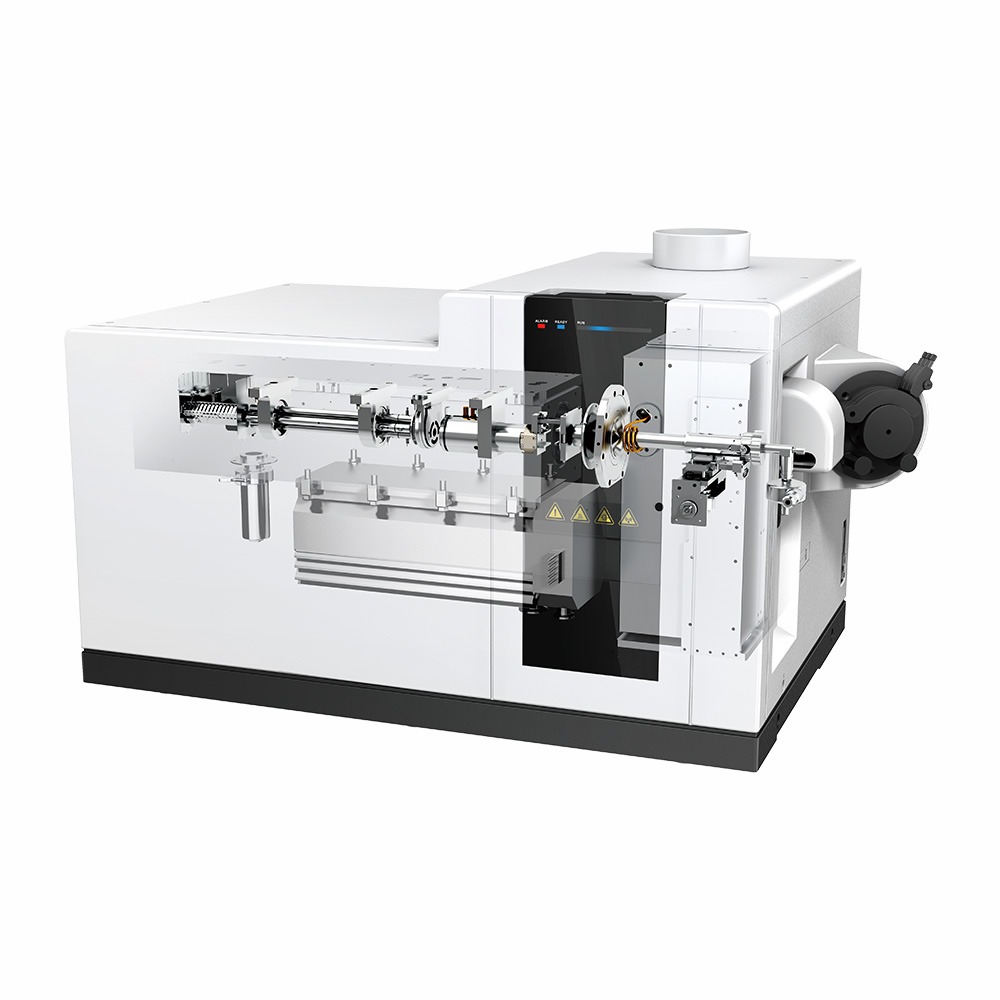
Drawell is a trusted supplier of high-quality ICP-AES and ICP-MS spectrometer, offering advanced solutions for heavy metal analysis. With a commitment to providing reliable and precise analytical instruments, Drawell ensures that laboratories across various industries, including environmental monitoring, food safety, and pharmaceuticals, etc. Their equipment is known for its superior performance and ease of use with professional customer support, making Drawell a leading choice for professionals seeking efficient solutions for elemental analysis.
Overall, Both ICP-AES and ICP-MS are powerful tools for heavy metal analysis, each excelling in specific scenarios. Through understanding the strengths and limitations of each method, laboratories can make informed decisions, ensuring accurate and reliable results tailored to their specific needs.


